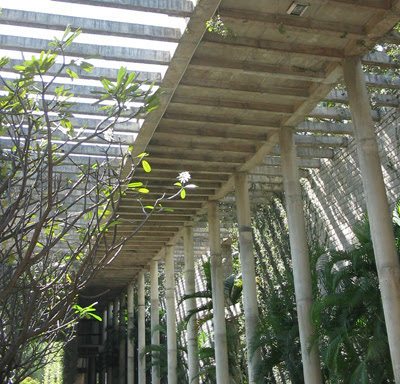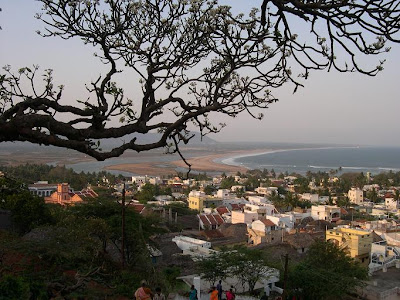
Architecture is about the choices we make. In India, as elsewhere, there has often been a disparity between what architects value as good design and what the public perceives as design that is appropriate for them.
Architects often speak of their need for an “ideal client” This client is one who would not interfere with the planning of the aesthetically perfect building that the architect is trying to create. The client emphasizes at every meeting with the architect, his need for more user-friendly spaces; for finishes that are maintenance-free; for a building that will cost much less than what it is estimated to cost or at least not more. Architects find it difficult sometimes to have the same priorities.
 On the other hand, users sometimes ask for a building that uses glass and steel facades, although the architect may be able to offer a better solution in terms of climate-responsiveness that uses brick or stone.
On the other hand, users sometimes ask for a building that uses glass and steel facades, although the architect may be able to offer a better solution in terms of climate-responsiveness that uses brick or stone.
The design of the Indian Institute of Management in Bangalore is the result of years of effort by the architect Balkrishna Doshi and his team to develop a contemporary architectural language with an indian identity. It is based on extensive research of the Indian architectural planning principles conducted by Prof.Kurula Varkey especially for this project.
There is a need for a platform that generates a dialogue between architects and non-architects about the various issues that influence design in architecture.
P.S. Recently, the film 'Doshi' was screened at the IIMB auditorium. Dr.Balkrishna Doshi was invited for the screening. There was a Q&A session after the film. Someone asked : "And, what about the aesthetic of frugality?" At IIMB, the
Central Pergola is a beautiful space - spatially as well as in the way light enters the space and often people have asked if the expenses incurred and the absence of functionality can justify its existence. And, Doshi's reply " Must one take away from aesthetics to achieve frugality? I think the use of stone masonry for the walls has made sure that plastering is not required for the next 40 years. That is also a way to bring frugality into the architecture"
Another interesting part of the life of the IIMB campus has been the shooting for Rajkumar Hirani's latest film 'Three Idiots'. Over a period of six months, the film was shot at various locations within the campus and starred Aamir Khan, Kareena Kapoor & Boman Irani. One morning, there was a new clock tower at the main gate of IIMB. It was part of the film set. It looked real but more importantly, it looked like it belonged. Had the architect thought of a clock tower for the original design of the IIMB campus? Made one think about the role of the clock tower in american campuses. Cornell University's Clock tower had been an important point of reference for students and others.
The United States had a history of campus design that could be studied. Amongst the contemporary designers, one could study the work of Michael Dennis who had designed the extension to the University of Virginia and the Syracuse University, amongst other campuses. There were principles of campus design that had evolved over the years. These included developing a primary axis and several secondary axes. At Cornell, this primary axis had led to the Clock Tower. Actually, the secondary axes had too. The Clock tower was a stately structure, but it also had the chimes that every student at Cornell carried memories of for the rest of his life.
Here is a link to an article by William McDonough & Michael Braungart on designing a sustainable campus :
A Building like a Tree, a Campus like a Forest
















